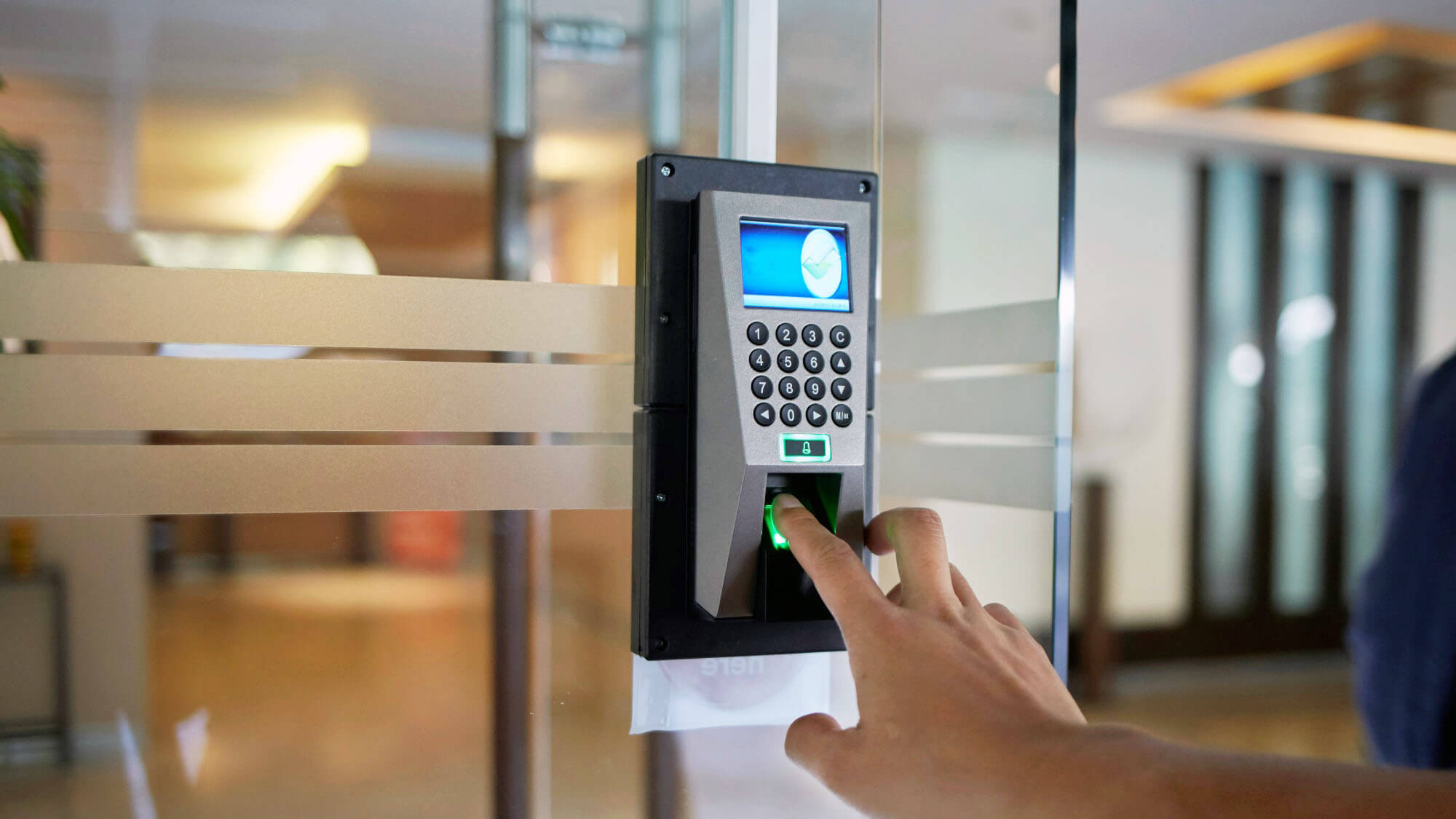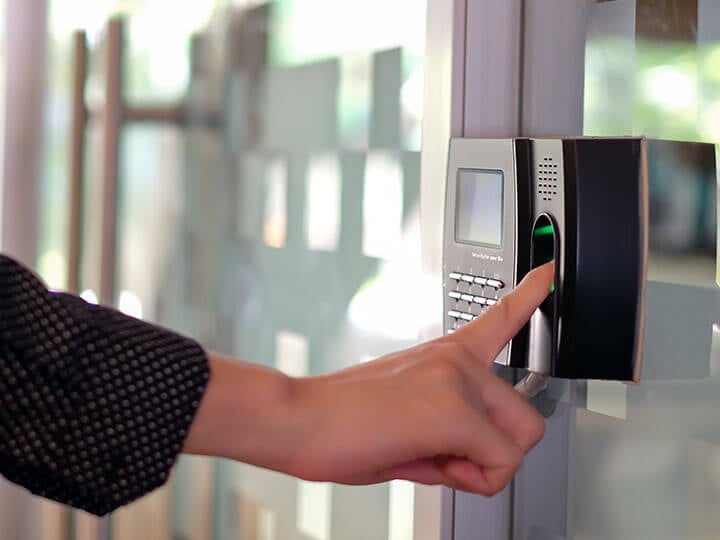Electrification of Doors and Hardware in Modern Construction

29 Apr 2025
How Electrified Systems Support Safety, Access Control, and Code Compliance
As access control systems continue to evolve, electrified doors and hardware are becoming standard in modern buildings. These systems combine physical security with digital functionality, supporting both user access and safety requirements.
Purpose of Electrified Hardware
Electrified door hardware is used to manage secure access in a variety of buildings, including hospitals, hotels, commercial offices, and multifamily properties. Systems typically include card readers or biometric scanners, electric strikes or locks, control panels, and software platforms that allow administrators to manage access permissions remotely.
When designed and installed correctly, electrified hardware supports both access control and code compliance. Systems can be configured to lock or unlock during a power failure, allow emergency egress, or activate in response to fire alarm signals. Features such as tamper detection, cloud-based management, and intrusion alerts are also common in today’s systems.
Applications in Modern Buildings
Hotels use electrified hardware to allow keyless room entry via RFID cards or mobile apps. These systems often integrate with guest management platforms and support real-time access changes. In healthcare, credentialed access helps secure areas such as operating rooms, pharmacies, and restricted patient zones. These systems provide audit trails and support emergency protocols. In commercial office settings, electrified doors allow for role-based access, remote control of multi-site systems, and touchless entry.
Code Compliance and Certification
In addition to managing access, electrified doors must comply with fire protection and life safety codes. These include NFPA 101 (Life Safety Code), NFPA 80 (Fire Doors and Other Opening Protectives), and UL 10C (positive pressure fire testing). Regular inspections and proper labeling are necessary to maintain system performance and meet authority having jurisdiction (AHJ) requirements.
Hardware selection often includes considerations for fail-safe vs. fail-secure functionality, panic devices, and delayed egress mechanisms. Certified field labeling programs allow for compliance verification even after on-site modifications or repairs.
Testing and Certification Standards
Key testing and certification requirements for electrified door hardware include:
- UL 294, access control systems—Evaluates performance under various conditions, including electrical interference and tampering. UL 294 certification ensures systems operate reliably under stress, a crucial factor for high-security environments.
- UL 10C, positive pressure fire tests—Certifies that doors and hardware withstand fire conditions, maintaining egress capabilities within the building during emergencies. Proper labeling of certified components simplifies compliance inspections and reduces liability risks.
- Federal Communications Commission (FCC) compliance—Verifies wireless components comply with electromagnetic compatibility standards. Compliance is important for the safe integration of IoT-enabled devices, such as RFID readers and wireless locks.
- ANSI/BHMA standards—Define durability, strength, and finish criteria for door hardware. Examples include:
- ○ ANSI/BHMA A156.3, Exit Devices
- ○ ANSI/BHMA A156.25, Electrified Locking Systems
- Local and international codes—These include regional building codes and CE marking for the European Union, ensuring global applicability for manufacturers.
Proper testing and labeling help reduce liability, avoid installation issues, and streamline inspections.
Industry Trends in Electrified Systems
New technologies are expanding how access is managed. Biometric access using facial recognition or fingerprints is being adopted in high-security environments. Smartphones are increasingly used in place of physical keys or cards. Mobile credentials support contactless access and remote administration.
Sustainability is also a growing factor in product development. Low-energy components and recyclable materials help support LEED certification goals. Some systems integrate with building automation platforms to adjust lighting, HVAC, or elevator use based on access activity.
Planning for System Integration
Effective use of electrified hardware requires coordination between architects, engineers, IT professionals, and access control integrators. Pre-installation assessments help identify compatibility with existing systems and confirm infrastructure requirements such as power supply and data networks.
Reviewing certification documentation and manufacturer test reports early in the process helps avoid delays. Field training and support from manufacturers can assist with installation and long-term maintenance.
Conclusion
Electrified doors and hardware provide more than secure access. They support fire code compliance, system accountability, and building operations. As building technologies advance, these systems continue to play an essential role in occupant safety and performance. With proper planning, certification, and inspection, project teams can deliver access control solutions that meet both regulatory and operational needs.


